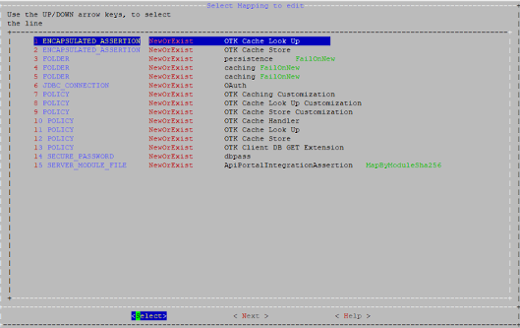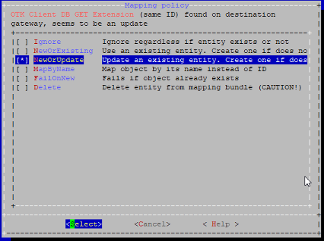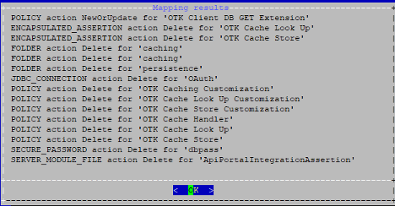We are using our custom graphical tool, based on in-house developped framework around RESTman/WSman to migrate API from Dev/Sandbox to higher environments such as UAT/Production.
example to export single policy, asking for mappings interactively:
$ /usr/local/bin/migrate.sh -s "apiref-eu-int.sanofi.com:/OTK/Customizations/persistence/OTK Client DB GET Extension" --policy -d apiref-eu-ext1.sanofi.com --exportonly --mappings -b /APPS/PROMISE-CRQ/PhB/toto.xml

Then modify each item accordingly and remove some:



and then import:
# /usr/local/bin/migrate.sh -s "apiref-eu-int.sanofi.com:/OTK/Customizations/persistence/OTK Client DB GET Extension" --policy -d apiref-eu-ext1.sanofi.com --importonly --noninteractive -b /APPS/PROMISE-CRQ/PhB/toto.xml